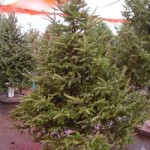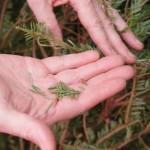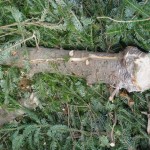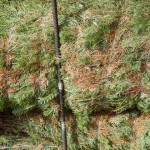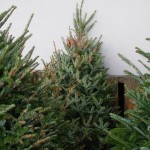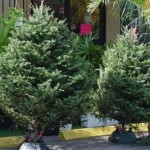Freshness Problems: When Care Issues Arise
go.ncsu.edu/readext?293916
en Español / em Português
El inglés es el idioma de control de esta página. En la medida en que haya algún conflicto entre la traducción al inglés y la traducción, el inglés prevalece.
Al hacer clic en el enlace de traducción se activa un servicio de traducción gratuito para convertir la página al español. Al igual que con cualquier traducción por Internet, la conversión no es sensible al contexto y puede que no traduzca el texto en su significado original. NC State Extension no garantiza la exactitud del texto traducido. Por favor, tenga en cuenta que algunas aplicaciones y/o servicios pueden no funcionar como se espera cuando se traducen.
Português
Inglês é o idioma de controle desta página. Na medida que haja algum conflito entre o texto original em Inglês e a tradução, o Inglês prevalece.
Ao clicar no link de tradução, um serviço gratuito de tradução será ativado para converter a página para o Português. Como em qualquer tradução pela internet, a conversão não é sensivel ao contexto e pode não ocorrer a tradução para o significado orginal. O serviço de Extensão da Carolina do Norte (NC State Extension) não garante a exatidão do texto traduzido. Por favor, observe que algumas funções ou serviços podem não funcionar como esperado após a tradução.
English
English is the controlling language of this page. To the extent there is any conflict between the English text and the translation, English controls.
Clicking on the translation link activates a free translation service to convert the page to Spanish. As with any Internet translation, the conversion is not context-sensitive and may not translate the text to its original meaning. NC State Extension does not guarantee the accuracy of the translated text. Please note that some applications and/or services may not function as expected when translated.
Collapse ▲| Problem | Description | Solutions |
|---|---|---|
| Dessication | When trees become excessively dry, they lose their rich green color. Their brances and bark shrivel. Needles become brittle and prone to breaking off. Very dry trees may not take up water. Dessicated trees may be a fire hazard and should not be sold. |
|
| Needle Loss | Needle loss is a complex problem that can result from variation among species, from tree to tree, or from year to year. Needle loss is generally more of a problem after exposure to sun and wind. Many water additives increase saltines of the water, increasing needle loss. |
|
| Trunk Cracks | Fresh trees with cracks take up water normally. The development of a crack in the trunk of a Christmas tree is complex. Cracks result from capillary tension, the same force that causes a milkshake straw to collapse when you suck on it too hard. Cracks can occur any time fresh trees dry rapidly. |
|
| String Burn | String burn occrs to the constricted branches of string-baled Christmas trees when the tree is exposed to direct sunlight or wind. It only occurs to baled trees and can occur after as little as an hour or two of severe exposure. |
|
| Sunscald | Sunscald is very similar to string burn, but whole sides or the top of a tree can turn brown, not just constricted branch tips. Sunscald can result in localized color problems & needle loss. Exposure to high temperatures, sun, or wind can kill foliage that has no reserve of water to draw from. |
|
| Failure to Take Up Water | Only very dry trees fail to take up water. If no fresh cut is made, resin can seal the trunk and limit water uptake. Sometimes in a very dry tree, an air bubble blocks water from entering the trunk even when a fresh cut is made on the trunk. This problem is very rare among Fraser fir with only a handful of reports from five million trees shipped each year. |
|



